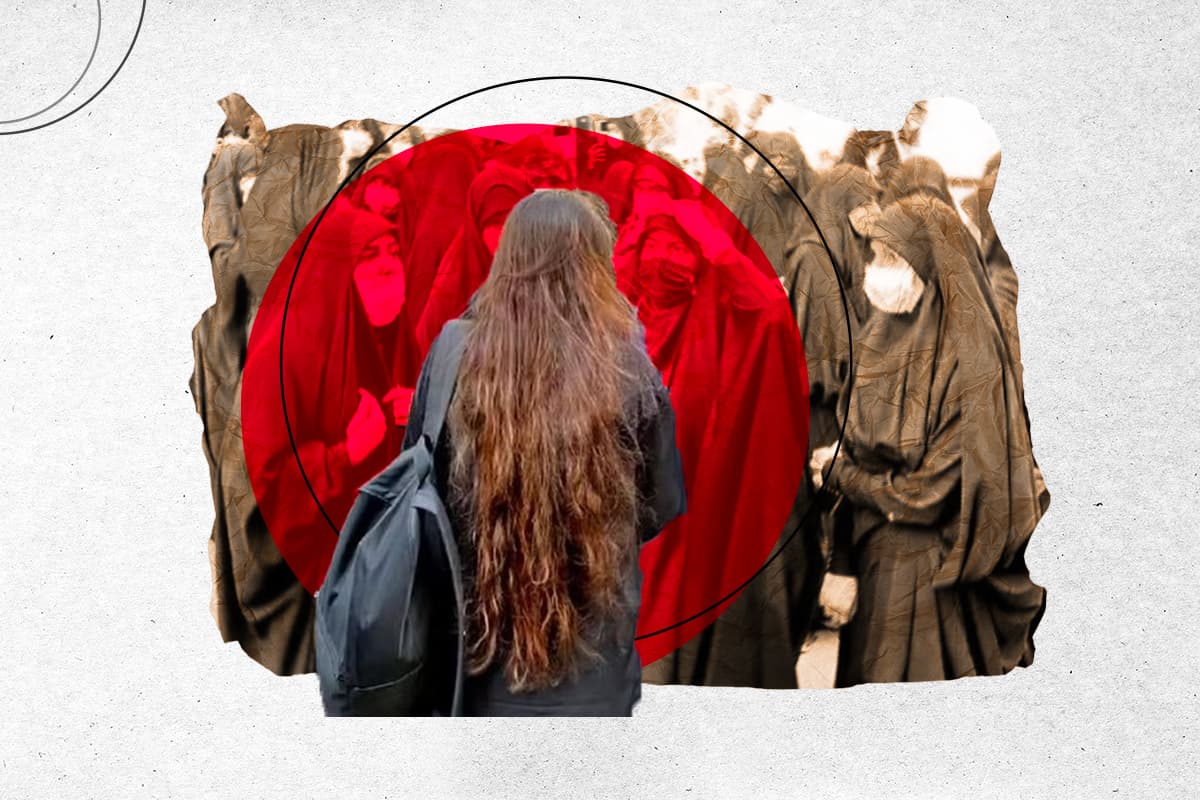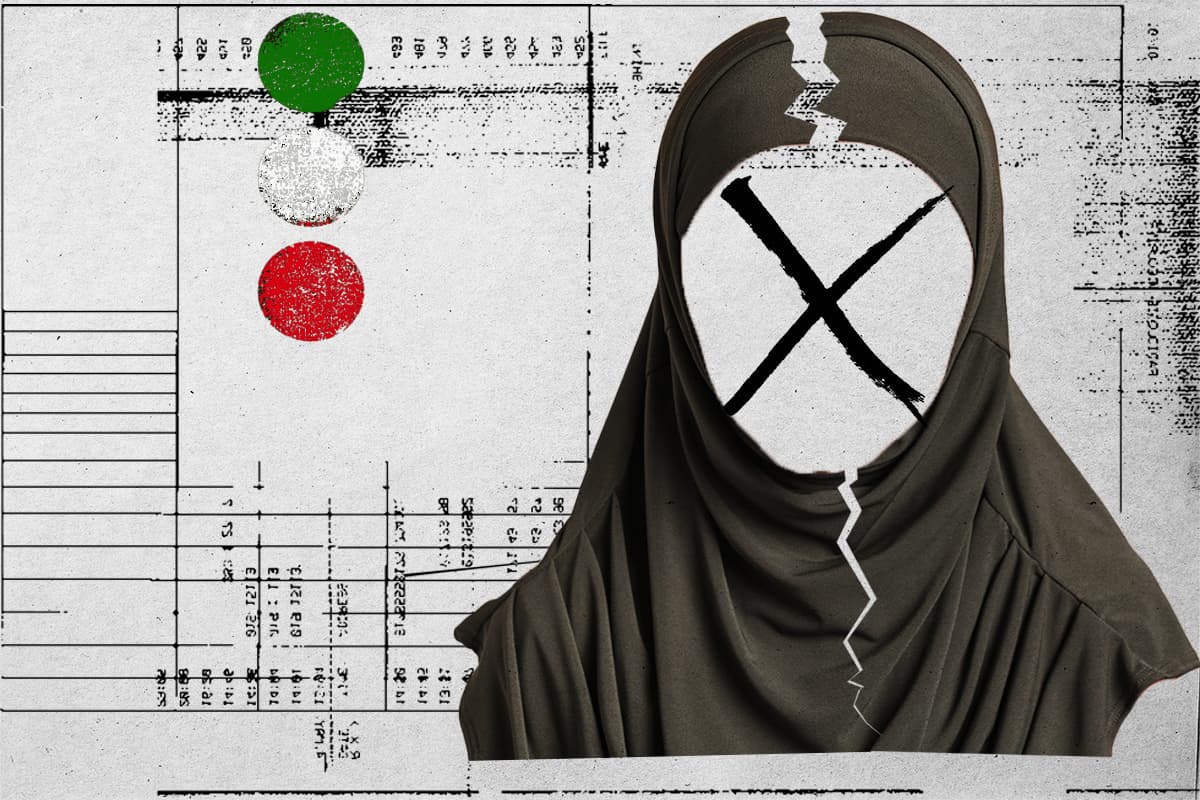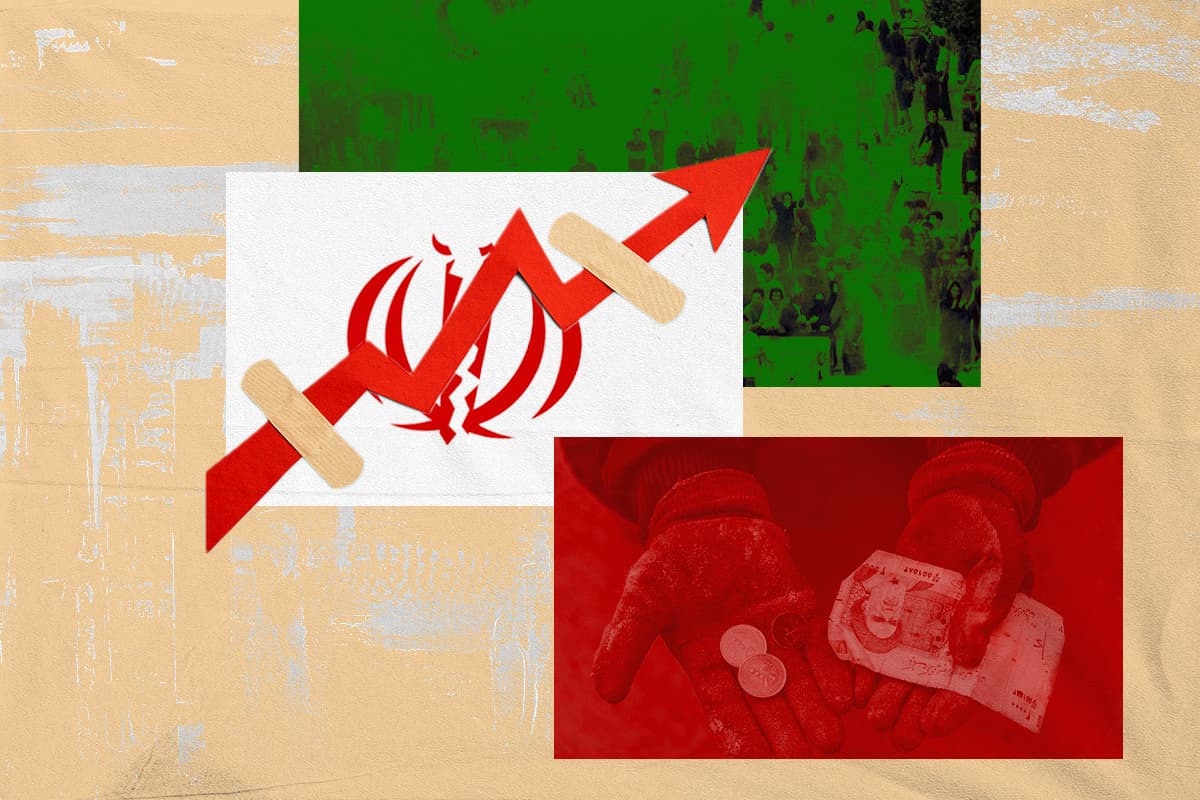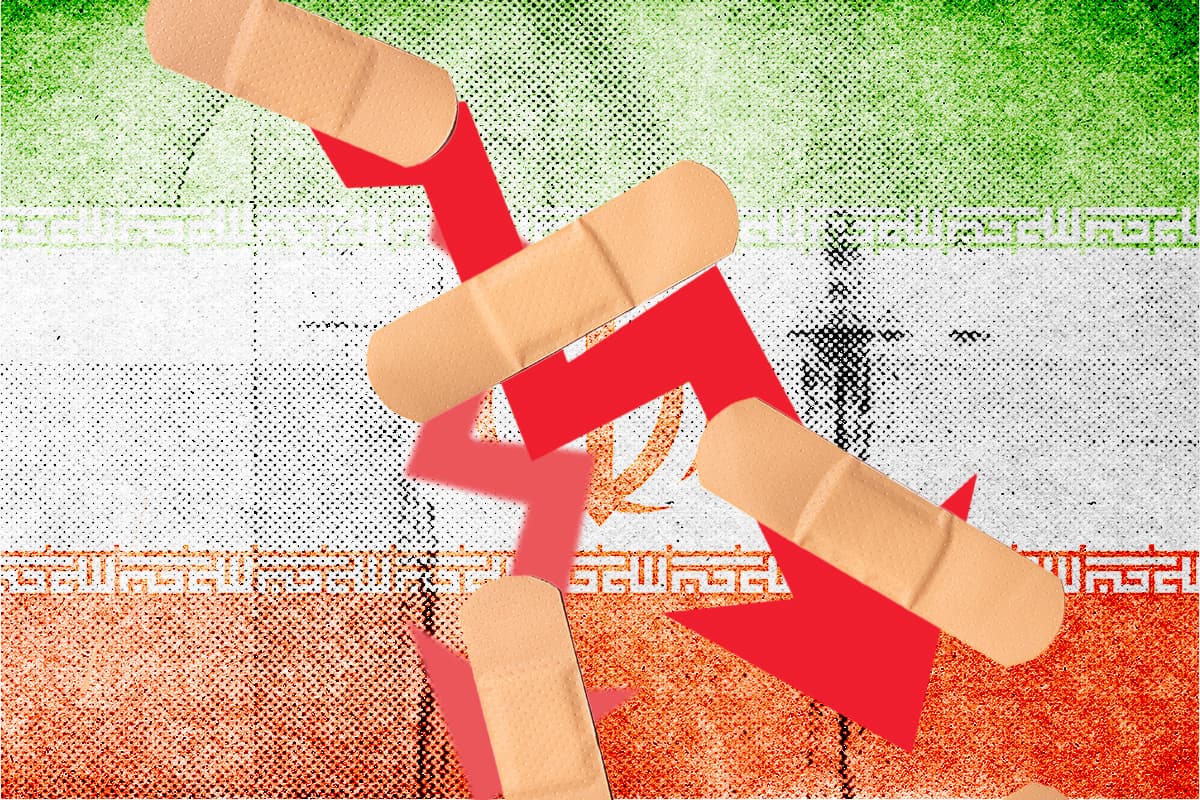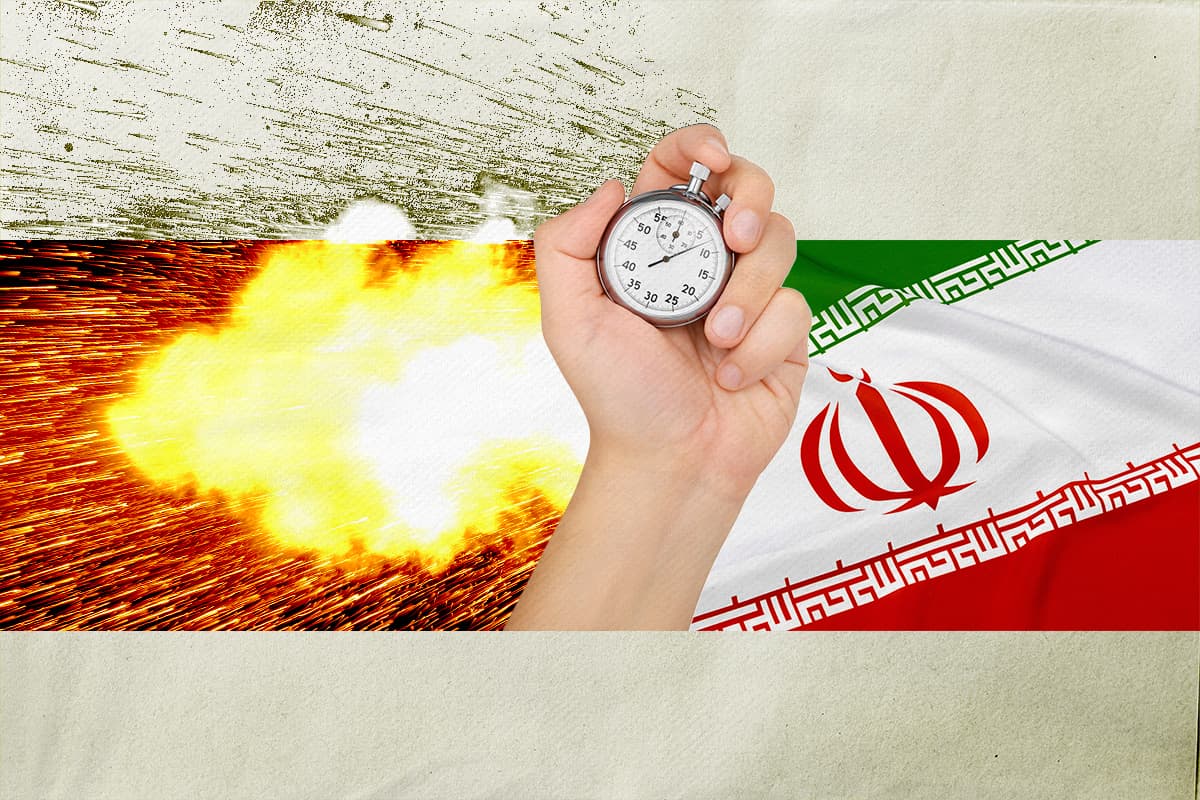After the Woman, Life, Freedom movement, the enforcement of hijab became a wedge issue first within the principlist camp, opening up seemingly unbridgeable rifts, and then unexpectedly spreading further and causing confusion and disarray in the circles closest to Supreme Leader Ali Khamenei. Or could it be that high-level decision-makers have settled on a Machiavellian approach that redirects public attention towards a controversial issue and away from the Nezam’s multiple failures? After all, observers and commentators have been complaining lately about the economy on the domestic front and warning about a dangerous ratcheting up of hostilities with a formidable foe like Israel.
A turning point in the escalation of tensions over the matter of hijab among principlists is the attempt by Mahdi Faza’eli, a prominent member of the supreme leader’s establishment, to distance Khamenei from the harsh re-imposition of hijab restrictions and the return of the infamous morality police to city streets. On 19 April, the day that Iran’s air defenses were reportedly warding off attacks from quadcopters, Faza’eli tweeted that Khamenei had reprimanded officials for their haphazard interpretation and implementation of his wishes on hijab. This was the so-called Nur (“light”) plan involving law enforcement accompanied by female assistants clad in black chadors—in other words, the old model. Judiciary Chief Gholamhosein Mohseni-Eje’i disclosed that towards the close of the Persian year 1402 (which ended 20 March 2024), he and President Ebrahim Ra’isi had met and agreed on the re-imposition of hijab roughly a year after the protests had ended. (It is unthinkable that they would have taken such a step on their own without the say-so of the supreme leader.) Their plan envisioned the police taking the lead on enforcement. Those given authority, warned Mohseni-Eje’i, could not pull back now and deny their role and authority. One might very easily interpret this as yet another attempt to provide cover for Khamenei, considering that the blame for any ill feeling from the public for harsh treatment would fall on law enforcement. For all his lip service to the police, Mohseni-Eje’i was making it quite clear that it was now their turn to take one for the team, so to speak. And yet while it has been barely a week, the performance of the police has apparently not pleased the supreme leader, leading to the reaction that Faza’eli pointed to. Enter Plan B. This seems to be something Hasan Hasanzadeh, the IRGC officer responsible for security in Greater Tehran, has announced in Orwellian language as the activation of IRGC patrols called “ambassadors of kindness.” He announced ominously that the enforcement of “kindness” (which could also be translated as love), would be “more serious.” Hasanzadeh also declared that residents of the capital were particularly insistent on hijab enforcement—a claim that could not be more distant from observed reality. At least one unchanging feature would be the involvement of the Basij, a group that Khamenei had empowered earlier with his encouragement of “fire-at-will” action wherever they felt necessary. The contradictions are enough to make one’s head spin, but the clear message is that the man at the top is finding it difficult to balance his desire for full hijab enforcement against fears of another major national convulsion like the one in 2022.
At any rate, Faza’eli as a spokesman of sorts for Khamenei has now become a lightning rod for the ultra-hardliners, such as the Paydari Front, who are disheartened by high-level waffling on the hijab issue. Among those who have gone after Faza’eli is the eulogist Mahdi Salahshur, who tweeted that it was not Khamenei’s way to undermine the “troops” in the field, and that any reprimand would come from the commander-in-chief himself, not from the towers or battlements of “the enemy.” This was a heavy charge to lay at the feet of Faza’eli, one of the most high-profile public officials representing the supreme leader’s establishment. Hosein Shari’atmadari, the ultra-hardline editor-in-chief of Kayhan, seemed to be competing for that role. Negligibly more collegial than Salahshur, he reminded his “brother” Faza’eli that he was not the spokesman for Khamenei. All of this provided fodder for ultra-hardline circles coming together on the Iranian social media app Eitaa to respond to Faza’eli. Coming to his defense was the hardline journalist Kobra Asupar, who in the past had declared her admiration for Shari’atmadari and his inflexibly harsh denunciations of the reform movement. Writing in the IRGC-affiliated outlet Javan, she considered it dangerous that people close to Khamenei were resorting to a “false dichotomy” to distinguish between the supreme leader and his establishment. Asupar expressed alarm at the ultra-hardliners’ tendency to question Khamenei when his pronouncements were not to their liking. All of this bears the hallmarks of a battle among close insiders, but a cynic could easily see it as an attempt at diversion in the midst of serious deterioration in the country’s economic and foreign policy landscape.

